REGINA — Governments have expanded and extended the Canada-Saskatchewan Feed Program available to the province’s livestock producers. Ten rural municipalities have been added to the area eligible for the initial $150 per head payment, and the application deadline has been extended to March 15. “We recognize the areas significantly impacted by drought this past fall […] Read more
 Livestock Management
Livestock Management
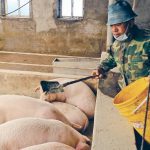
Falling pork demand slashes Chinese hog herd
SASKATOON — China’s hog herd will likely be shrinking in 2024, but not to the extent that it should, says an analyst. “China increased its pork output in 2023 to a near-record level,” according to the Dim Sums blog. “But prices plummeted, indicating the market didn’t want that much pork.” China produced 57.94 million tonnes […] Read more
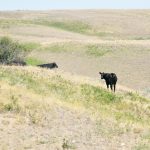
Livestock drought assistance expanded in Alta.
Drought assistance for livestock producers is being expanded in Alberta. The federal and provincial governments have announced that applications are opening up for an additional 23 municipalities. In addition to the expansion of eligible regions, the deadline for applying for funds under the Canada-Alberta Drought Livestock Assistance program has been extended to Feb. 22. The […] Read more
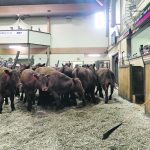
Price peaks require smart livestock marketing
Rick Wright of Cattle Consulting doesn’t see any signs that the cattle price gravy train will be slowing any time soon. “There’s more than just optimism out there. The fundamentals support a pretty good market moving forward,” he said. “Will it be better than 2023? Maybe not, but I think it will be every bit […] Read more

Implants seen as climate solution
The Canadian cattle industry is facing a quandary. With the global population expected to reach 9.7 billion by 2050, beef production must increase to meet rising demand. On the other hand, there is greater pressure to reduce greenhouse gas emissions in agricultural production. Environment and Climate Change Canada says agriculture contributes about eight percent of […] Read more
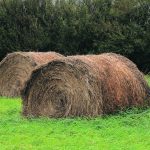
Producer sets out to counter livestock myths
Survey will gather data from 1991-94 and 2016-19 about all aspects of forage production from seeding to the final crop
CALGARY — A researcher is offering $200 to each Saskatchewan cattle forage producer who completes an online survey he expects will help counter what he called false greenhouse gas narratives targeting the beef industry. Judson Christopherson says he hopes to determine if the amount of carbon that’s being sequestered in soil by forage crops in […] Read more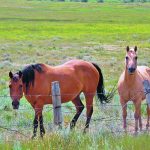
Microchips are an effective animal identification tool
Microchips are the gold standard for lifelong, permanent animal identification. These tiny electronic transponders are the approximate size of a grain of rice and are enclosed in a thin cylinder of glass. They sit just under the skin and are inert, meaning the body is not stimulated to reject them or wall them off. Veterinary […] Read more

More BSE-era trade irritants may soon disappear
Two more remaining irritants from the BSE crisis of more than 20 years ago could soon go by the wayside. The United States has had to segregate a much smaller list of specified risk materials (SRMs) than Canada, which has resulted in more competitive challenges for beef processors. The loss of small and medium-sized processing […] Read more
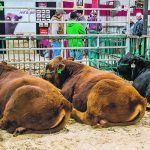
Man. livestock show says no to straw bedding
The high cost of managing the material is given as reason for banning it from this year’s Manitoba Royal Winter Fair
Anyone who beds animals at the Royal Manitoba Winter Fair this year won’t be doing it with straw. The Provincial Exhibition of Manitoba, which holds the major agro-tourism event in Brandon each year, says straw animal bedding will no longer be used at its events due to the cost of dealing with the used material. […] Read more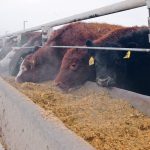
Intensification seen as best option
New study finds that intensifying cattle operations has less impact on the environment than starting new elsewhere
A new study by the Breakthrough Institute shows that location of beef production operations can have a significant impact on the carbon footprint of the sector. Intensifying production where it makes most sense has the lowest impact, according to the study, and supports research showing that grain-finished beef has a lower carbon impact than grass-finished […] Read more
 Livestock Management
Livestock Management


